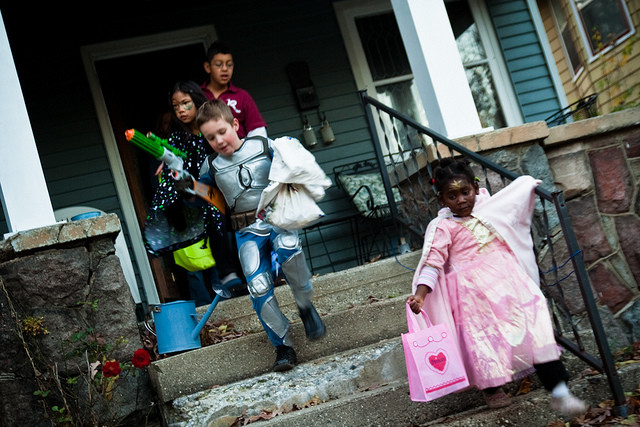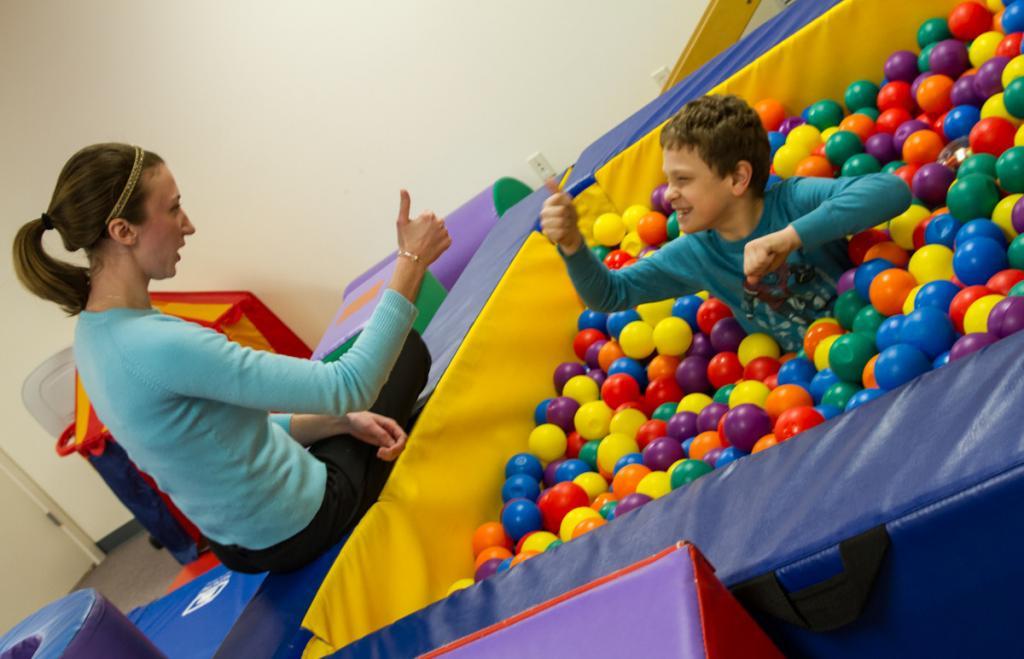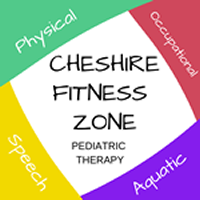When it comes to favorite holidays, most kids are enthusiastic members of Team Halloween. And why not? Kids get to dress up like their favorite monsters or other characters, and there’s usually quite a lot of candy involved.
Unfortunately, many of the things that make Halloween so popular can also make it very difficult for children with autism and their parents. Breaks from routine, group activities loud noises, flashing lights, and spooky imagery can all trigger children with autism spectrum disorders, especially those who struggle with socialization and sensory processing.
This doesn’t mean that children with autism can’t participate on Halloween—far from it! However they may need a little extra attention and preparation to stay safe, comfortable, and have fun on Halloween.
If you’re the parent of a child with autism, here are some tips to help get them ready for October 31.
Talk to Your Child about Halloween
Some degree of preparation should always be involved in getting any kid ready for Halloween. For children with autism, that might mean making them aware of what the day entails and what they should expect.
Talk to your child about why their peers will be wearing costumes, what trick-or-treating is, and what they can expect. Encourage them to do their own research and ask questions as well.
Keep the Costume Simple
Halloween costumes can range from the simple to the truly elaborate. For many kids with autism (and without for that matter), bulky, complicated costumes can be too restrictive and uncomfortable. Try something simple and imaginative, like a vampire cape or cat ears.
It might also help to let your child wear their costume around the house for a few days before Halloween to get used to it.

Practice Makes Perfect
If you plan on taking your child trick-or-treating around the neighborhood, practice beforehand with a trusted neighbor or family friend. This will help them get used to the experience and practice the necessary social cues.
Plan Your Route Beforehand
It might also be a good idea to plan your trick-or-treating route before the big day. This will let you take them for a test-run in the days or weeks leading up to Halloween. You can also talk to neighbors beforehand, and let them know to have a special routine or treats ready for your child.
Don’t Be Afraid to Stay Home
Halloween doesn’t have to be all about trick-or-treating. If you don’t think your child is ready to go door-to-door, or won’t enjoy themselves if they do, there’s no need to make them.
Throwing a home Halloween party with friends and family can be a great way to enjoy the holiday while keeping things at a level that your child will be comfortable with.
Occupational Therapy Can Help
 If your child regularly sees an occupational therapist, consider asking them to help prepare your child for Halloween. Occupational therapists can help children with autism develop social skills, develop fine motor skills, and more.
If your child regularly sees an occupational therapist, consider asking them to help prepare your child for Halloween. Occupational therapists can help children with autism develop social skills, develop fine motor skills, and more.
If you’re in Connecticut and interested in learning more about how an occupational therapist can help your child with autism acquire the skills needed to perform the activities or “occupations” of daily life—from eating and grooming to trick-or-treating—get in touch with Cheshire Fitness Zone today.
Offering occupation therapy, speech therapy, physical therapy, and more, Cheshire Fitness Zone has been helping children and families across Connecticut for over 15 years. Learn more!



